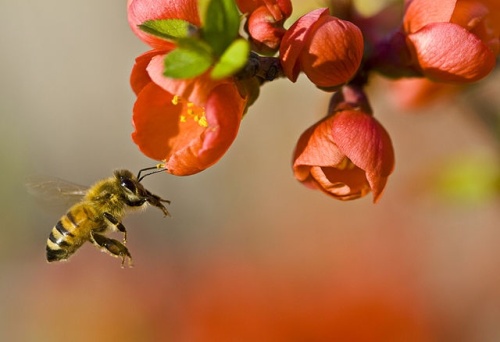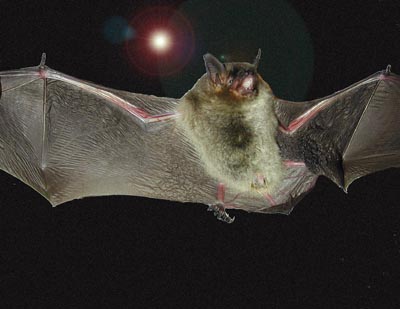 In 2009, three men collaborated to study the sharp increase in bees’ deaths since 2006. Environmental scientist Chensheng (Alex) Lu of the Department of Environmental Health, Northbridge, MA, beekeeper Ken Warchol and entrepreneur Dick Callahan worked to examine the causes of “colony collapse disorder.”
In 2009, three men collaborated to study the sharp increase in bees’ deaths since 2006. Environmental scientist Chensheng (Alex) Lu of the Department of Environmental Health, Northbridge, MA, beekeeper Ken Warchol and entrepreneur Dick Callahan worked to examine the causes of “colony collapse disorder.”
In a visit to the hives in Worcester County, Lu discovered that bees exposed to the pesticide imadacloprid were all dead.
Imadacloprid is a systemic pesticide derived from nicotine that targets insects’ nervous systems. Seeds are treated with neonicotinoids before planting; as the plant grows, the poison grows with it and spreads to all parts of the plant tissue, including its pollen, and poisons any insects that attack the plant.
The vast majority of corn seed (as well as soybeans and canola seeds) planted in the US today is pre-treated with neonicotinoids. While the wind rather than bees pollinates corn, the wind carries the pollen to nearby flowers and crops that bees do pollinate.
Moreover, cucumber and watermelon seeds are treated with neonicotinoids and sprout into plants pollinated by honey bees.
Lu and his team first presented the link between neonicotinoids and colony collapse in 2011 and were met with rejection of and resistance to his conclusions.
So they adjusted their protocols in 2012 and had the same results: contact with neonicotinoids was responsible for the bees’ deaths.
“This is the replication of Silent Spring,” Lu said.
While pesticides are “a tool that we cannot afford to lose,” the scientist thinks there is a responsible way to use them.
In May of this year, the European Union banned the use of all neonicotinoids.
Sources: Harvard Medical School, Harvard School of Public Health Update, July 19, 2013 The Boston Globe Magazine, June 22, 2013

